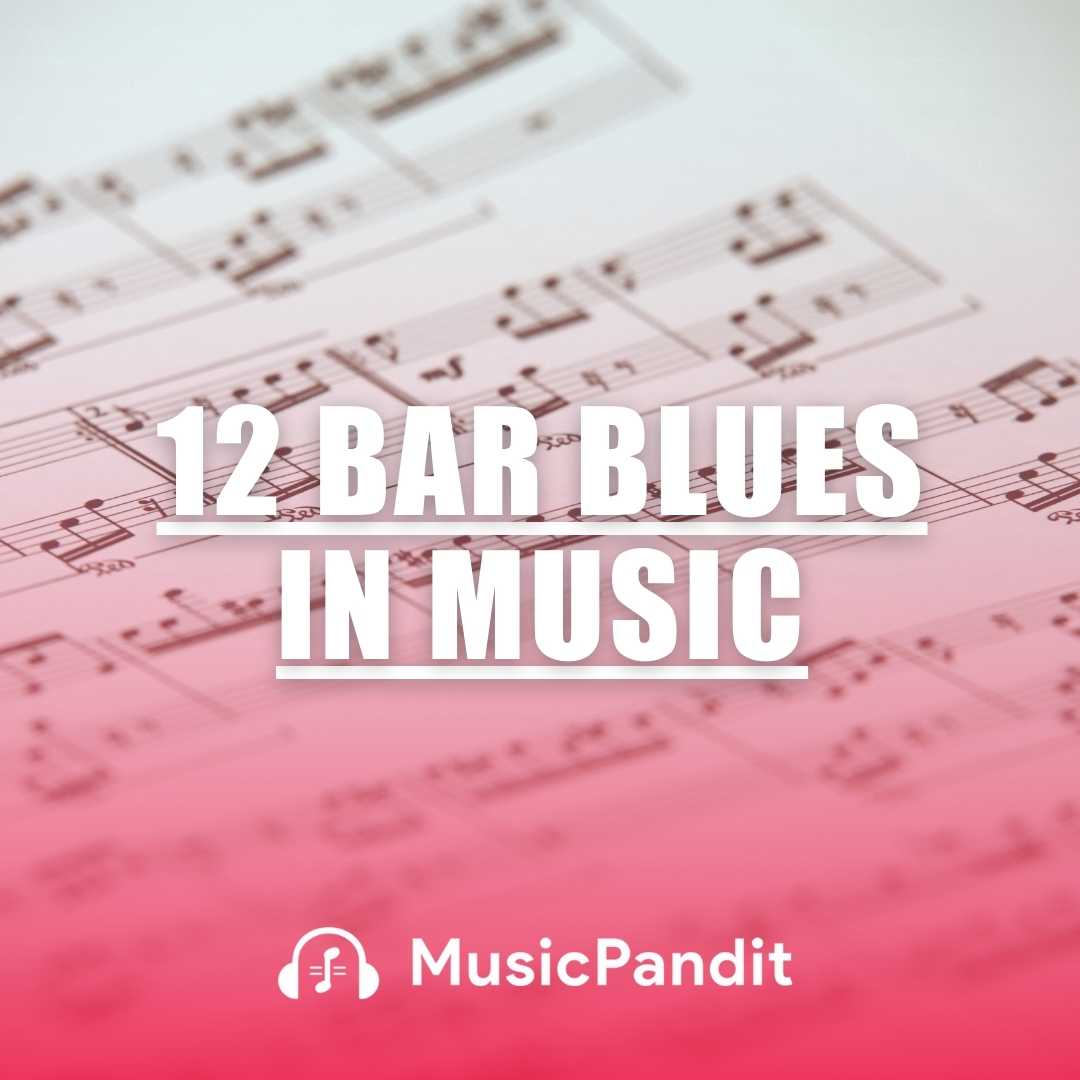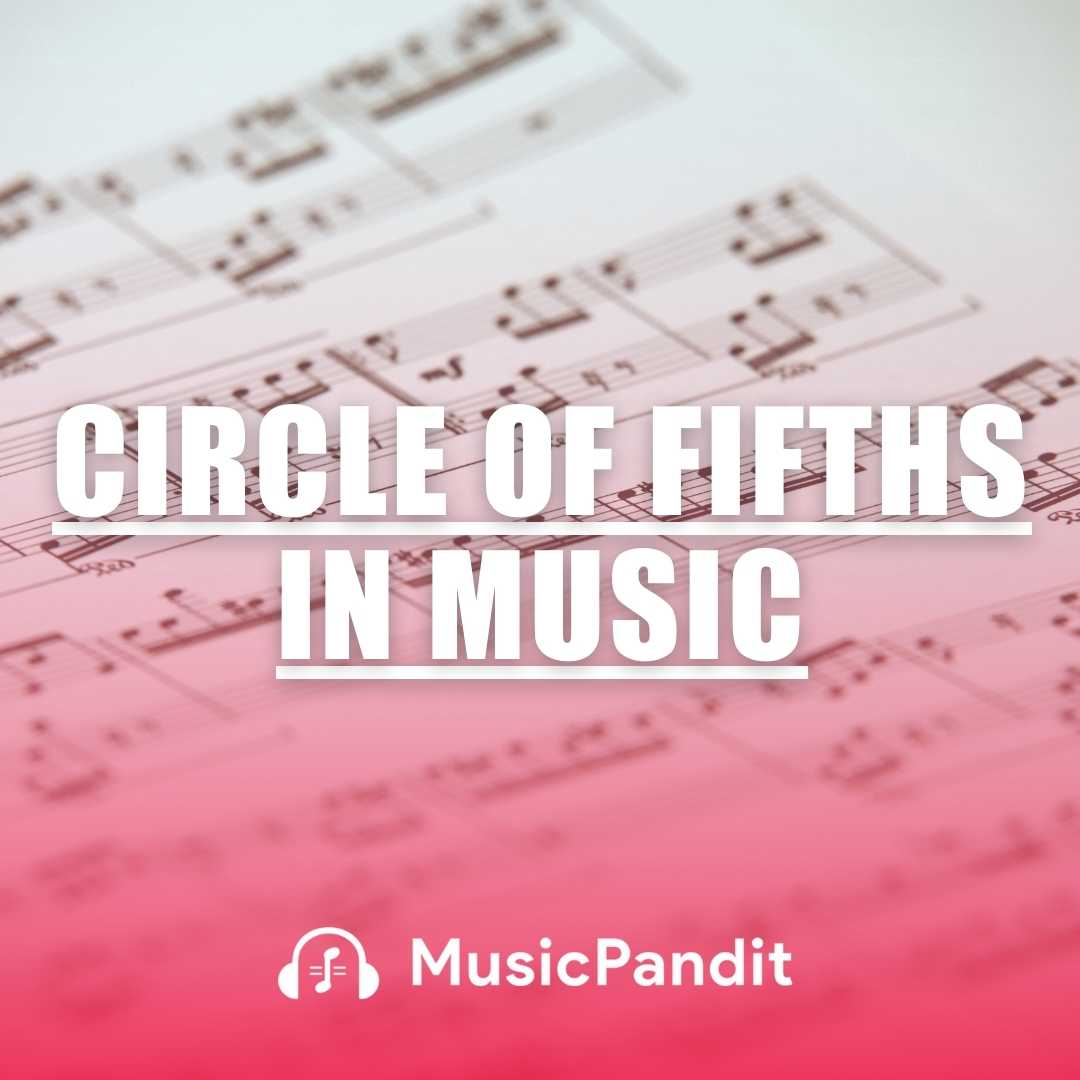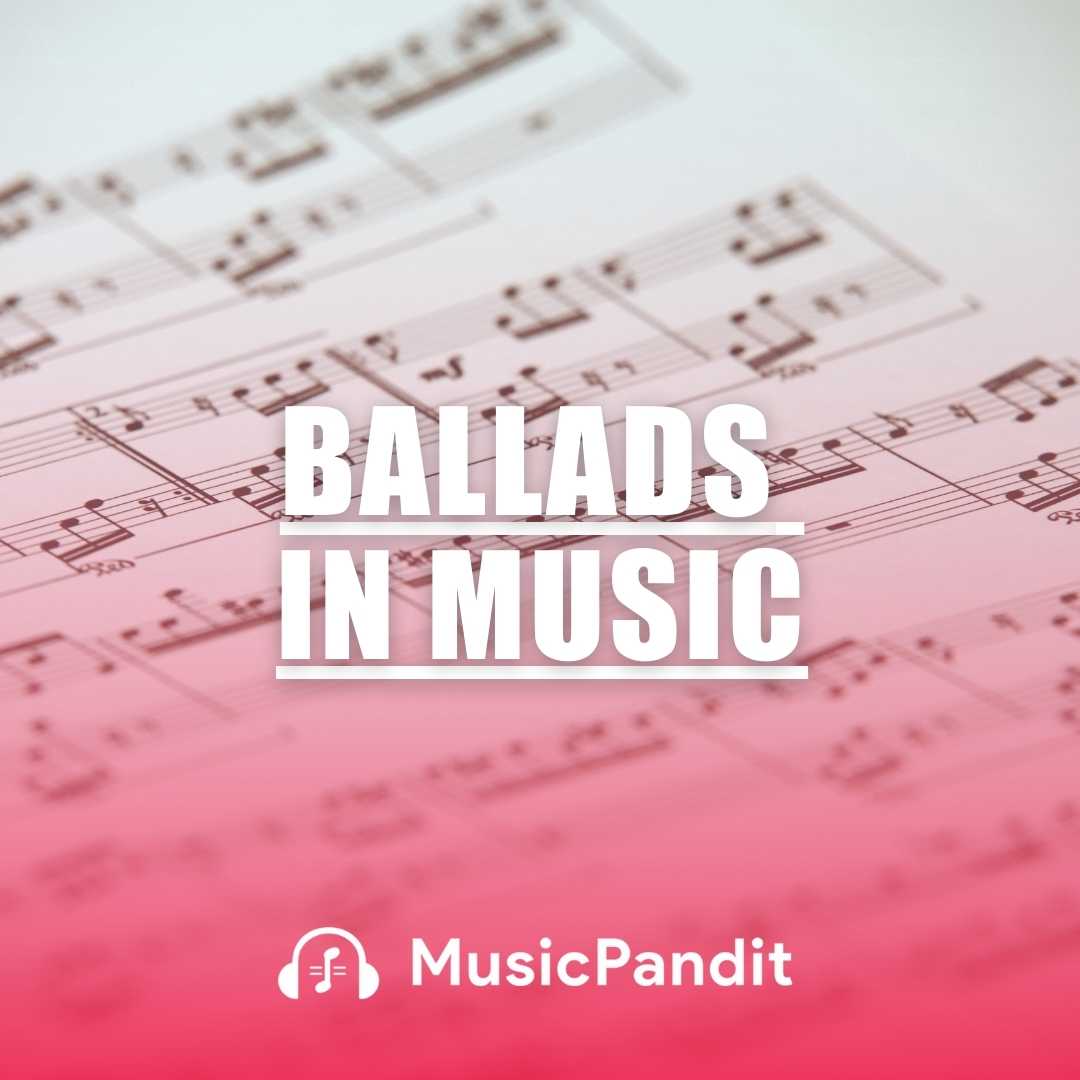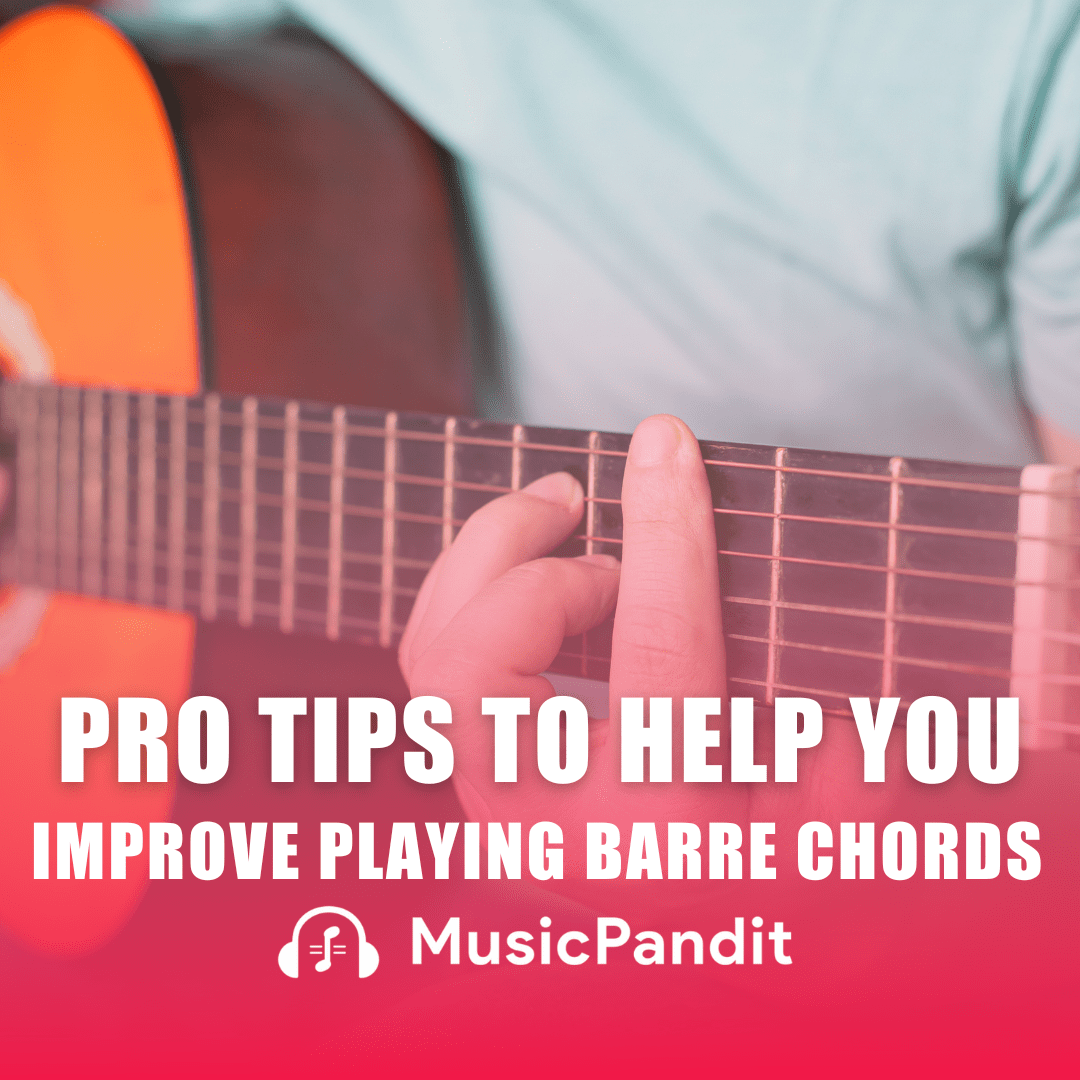Music is full of expressive techniques that bring compositions to life, and one of the most interesting of these is staccato. Whether you’re a beginner or more advanced in your musical journey, learning about staccato will help you understand how to play notes in a unique and exciting way. Staccato adds energy, character, and a sense of rhythm to music, making pieces sound snappy and dynamic.
In this guide, we’ll explore what staccato is, how it’s used, why it’s important, and how you can practise this technique to improve your playing.
What is Staccato?
Staccato is an Italian term that means “detached” or “separated.” In music, staccato refers to playing notes short and sharply, with a little silence between each note. Imagine you’re plucking a string and quickly lifting your finger to stop the sound right away. It creates a bouncy, crisp effect that’s quite different from the smooth, connected notes of legato.
In sheet music, staccato is marked with a small dot above or below the note (depending on the stem direction). This tells the musician to make the note quick and detached from the next.
Examples of Staccato in Music
Some famous pieces that use staccato include Mozart’s Piano Sonata No. 11, particularly in the “Rondo alla Turca” movement, where the staccato technique gives the piece its lively, dance-like character. Beethoven’s Symphony No. 5 also famously begins with short, punchy staccato notes, adding intensity and drama to the music.
Why is Staccato Important?
Staccato is important because it creates contrast in music. By playing short, detached notes, musicians can highlight rhythms, emphasise certain beats, and make their performance more dynamic. It’s especially useful in faster passages, where staccato notes can make the music sound light and energetic. Without staccato, music might feel flat or overly smooth, lacking excitement.
Additionally, staccato playing teaches precision. Musicians must carefully control the length of each note, requiring sharp focus and technique. This skill is transferable to many other areas of music.
How to Practise Staccato?
Mastering staccato takes practice, but with the right exercises and mindset, you can improve your skills over time. Here are some helpful tips for practising staccato:
- Start Slowly
When practising staccato, it’s essential to begin at a slower tempo. Start by playing scales or simple melodies, focusing on making each note short and clean. Once you feel comfortable, gradually increase the speed while maintaining control.
- Keep Your Movements Light
Try to stay relaxed while playing staccato. Avoid tensing up your fingers, wrists, or arms, as this will make the notes sound stiff. The key is to let your fingers or bow (if you’re playing a string instrument) move lightly and quickly.
- Use a Metronome
Using a metronome can help you develop good timing. It ensures that your staccato notes are consistent in length and rhythm. Start with a slow tempo and work your way up as you become more confident.
- Listen to Examples
Listening to recordings of musicians who excel at staccato can give you a sense of what it should sound like. Pay attention to how they articulate each note and try to mimic their playing.
- Practise Dynamic Control
Staccato doesn’t always have to be loud or soft. You can practise playing staccato at different volumes—pianissimo (very soft) or fortissimo (very loud)—to gain greater control over your technique.
Natural Ability vs. Developed Skill
Some musicians may feel that they have a natural talent for staccato playing, while others might find it challenging at first. The good news is that staccato can be developed through consistent practice, regardless of your starting ability. While some players might have a natural sense of rhythm or finger agility, everyone can improve with the right exercises.
Uses of Staccato
Staccato is used in many musical contexts, from classical compositions to contemporary genres like pop, rock, and jazz. It’s commonly found in:
Dance music: Staccato adds a rhythmic bounce to pieces like gavottes, mazurkas, and Viennese waltzes.
Jazz and rock: Short, punchy notes are key elements in jazz improvisation and rock riffs.
Pop music: Staccato can make a melody catchy by breaking up the notes in a way that grabs attention.
Instrument-Specific Staccato Techniques
Different instruments have unique ways of achieving staccato:
Piano: Pianists play staccato by quickly lifting their fingers off the keys after each note. This creates a sharp, detached sound. To practice, pianists often use scales or arpeggios with staccato articulation.
Strings (violin, cello, etc.): String players use short bow strokes to create staccato. Mastering bow control is essential for producing clean, percussive sounds. Techniques like flying staccato (where several notes are played on one bow stroke) are advanced methods to explore.
Woodwinds and brass: Wind players create staccato by using their tongue to stop the airflow briefly after each note. This technique is called tonguing, and it requires careful breath control.
Percussion: On instruments like the snare drum, staccato is achieved by using short, quick strikes to produce crisp sounds.
Benefits of Learning Staccato
Learning staccato has several benefits for young musicians:
- Improved Rhythm: Staccato helps you understand timing and rhythm, which are essential skills in music.
- Enhanced Precision: It encourages careful note articulation, leading to cleaner, more accurate playing.
- Versatility: Staccato can be used in many musical styles, giving you the flexibility to express yourself in different genres.
- Stronger Technique: Practising staccato strengthens your overall technique, making you a better-rounded musician.
Related Musical Topics
As you explore staccato, you might also come across other articulation techniques like:
- Legato: The opposite of staccato, where notes are played smoothly and connected.
- Marcato: A stronger form of staccato, where each note is heavily accented and detached.
- Tenuto: Notes are played for their full value but are slightly separated from the following notes.
Understanding these different articulations will give you more tools to interpret music expressively.
Conclusion
Staccato is a crucial technique that every musician should learn. It adds character, excitement, and energy to music, allowing you to express a wide range of emotions and styles. By practising staccato regularly and focusing on the quality of your articulation, you’ll see noticeable improvements in your playing. Whether you’re mastering short, snappy notes on the piano, violin, or any other instrument, staccato will help you become a more versatile and confident musician.















